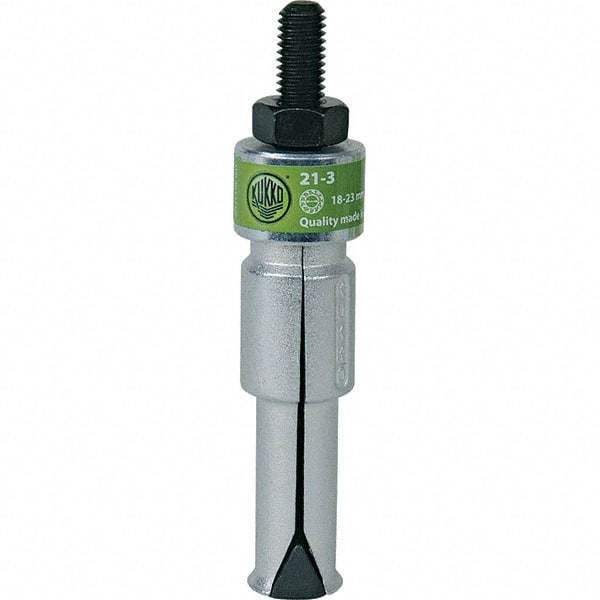matthon
Well-Known Member
- Joined
- Aug 29, 2008
- Messages
- 2,986
- Reaction score
- 1,358
Swapping a 4 speed trans for a rebuilt one.
Old trans going into another car, flywheel, clutch, and all.
No issues with the old trans or clutch, it's been in use since 2012 when I rebuilt the shifter, installed a new flywheel/clutch/etc.
I measured both trans, length of input shaft, bearing retainer, and used a digital caliper to measure the input shafts at multiple points and with the caliper horizontal to the shafts.
I'm surprised how exact they are to each other. The old trans is in excellent shape as well as the clutch. Very little, if any, play in the input shaft.
I also put a new pilot bushing on both shafts, and although difficult to measure anything, on both it slides on/off with minimal space.
Iirc, it was an auto crank that was drilled by a machine shop, there is no roller bushing.
I don't see and could not find any metal shavings.
The pics are not that great, but a few with the flash on show what appears to be a pattern on the inside.
Is it ok to use the existing pilot bushing, or does it need to be replaced?


Old trans going into another car, flywheel, clutch, and all.
No issues with the old trans or clutch, it's been in use since 2012 when I rebuilt the shifter, installed a new flywheel/clutch/etc.
I measured both trans, length of input shaft, bearing retainer, and used a digital caliper to measure the input shafts at multiple points and with the caliper horizontal to the shafts.
I'm surprised how exact they are to each other. The old trans is in excellent shape as well as the clutch. Very little, if any, play in the input shaft.
I also put a new pilot bushing on both shafts, and although difficult to measure anything, on both it slides on/off with minimal space.
Iirc, it was an auto crank that was drilled by a machine shop, there is no roller bushing.
I don't see and could not find any metal shavings.
The pics are not that great, but a few with the flash on show what appears to be a pattern on the inside.
Is it ok to use the existing pilot bushing, or does it need to be replaced?

















